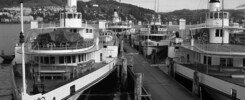Shipyards have been in great decline in the UK in the last twenty or so years with cheaper labour rates in places like Poland and elsewhere in the world taking away very many refit contracts for sea-going ships. As yards have closed, some have lain idle and unused whilst others have taken on a new lease life as something quite different. Sometimes some of the buildings have remained and been incorporated into the new development like the management office at the old Mountstuart Shipyard in Cardiff which now enjoys a new lease of life as a Harry Ramsden fish and chip shop. More often though the whole site has been bulldozed away for other uses creating an entirely different landscape unrecognisable from the past. At Chatham much of the post 1850 part of the former naval dockyard is now covered with new houses, flats and roads with the latest batch currently going up on the site of the old nuclear submarine repair facility. Yummy. This development includes luxury apartments with views which will doubtless sell well to all with little knowledge of, or interest in, history.
So back to paddle steamers. Amongst this decline, what has been the fate of the refit facilities used by the paddle steamers of Cosens & Co in the 1950s and 60s?
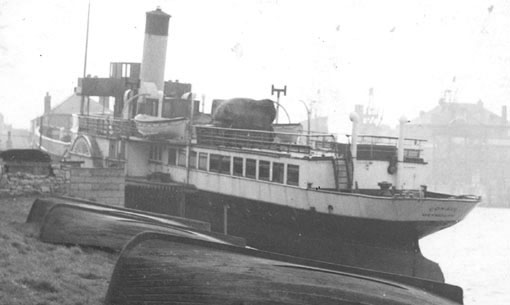
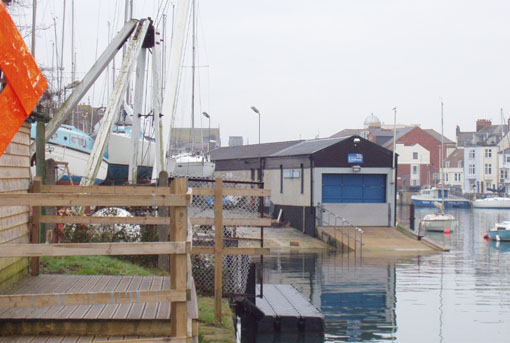
At Weymouth Cosens had two of their own slipways, a tiny one suitable only for small launches and a medium one for the Consul (pictured top above), Victoria and Empress but not man enough for the larger Emperor of India, Embassy and the second Monarch. Both slipways passed into the hands of Weymouth Sailing Club later in the 1960s with the areas still in use by them today for storing and launching boats.
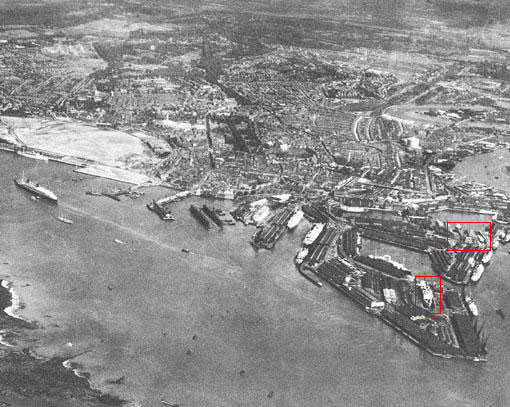
There were several large dry-docks at Southampton capable of taking two paddle steamers at a time. The lower red box in the picture above shows the dry-dock leading off the Empress Dock and the upper red box those of varying size leading off the dock used by the cross channel ferries.
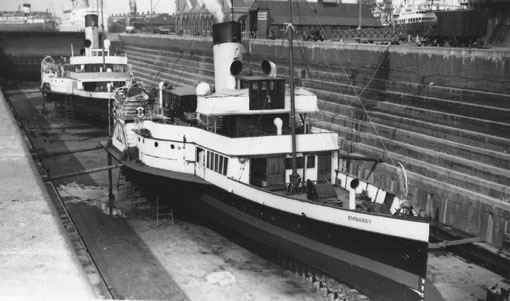
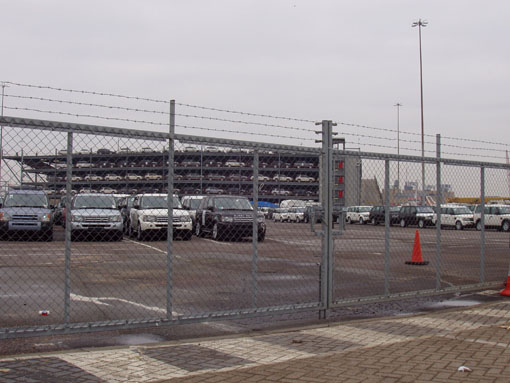
The above top picture shows the Monarch and the Embassy (left to right) sharing the dry-dock off the Empress Dock. This repair facility has long since been filled in and a multi-storey car park for vehicles awaiting transhipment erected above it. How times change. In the top picture, you can see the Embassy’s boiler safety valves are lifting sending a jet of steam skywards. Her bow rudder is unpinned for survey.
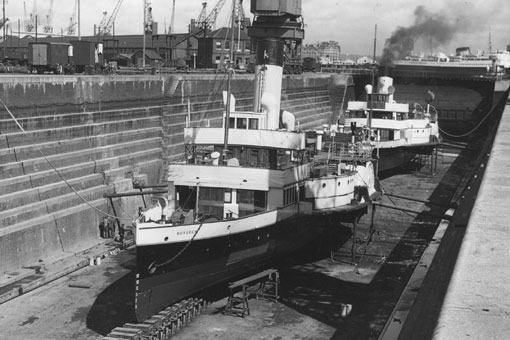
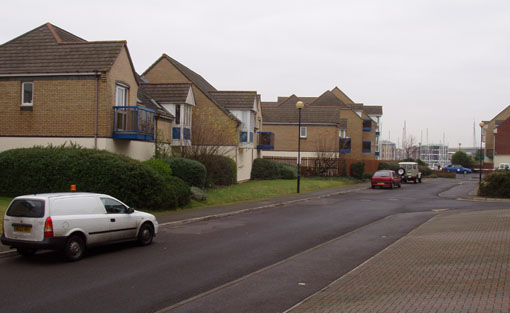
The above top picture shows the Monarch and the Embassy (left to right) in one of the dry-docks off the Railway dock. These have also been filled in and the whole area developed with new homes and apartments built on top. The lower picture is taken from about the same place as the upper with the distant vista now showing the tops of the masts of yachts in the marina rather than the cross channel ferry funnels of the past. The Monarch had an old fisherman style anchor which would not fit unto her hawser pipe. You can see it in the picture lying on a special ledge on the top of the port bulwark forward ready to be pushed over the side if necessary.
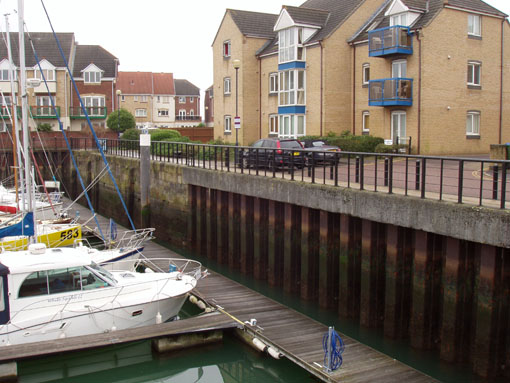
Part of the original stone wall at the entrance to one of the dry-docks is still there today with the newer sheet piling covering the old dock’s entrance.
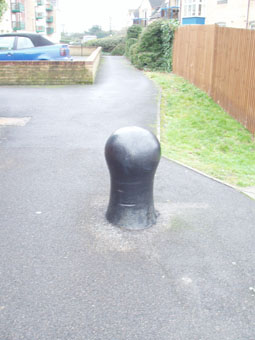
A bollard stands, in splendid isolation in the estate, surrounded by tarmac as a solitary reminder of the area’s long gone paddle steamer history.
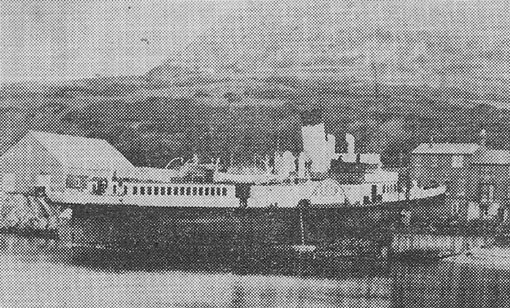
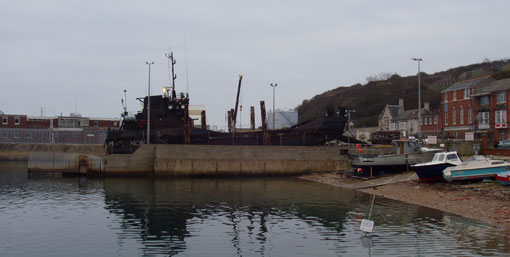
Of all the facilities used by Cosens in the 1950s and 60s only the former naval slipway at Castletown, Portland continues with its original function. The Embassy (pictured top above) went there every year from the early 1960s, after the Monarch had been scrapped, until she was withdrawn in 1966. A Portland dockyard tug would come over to Weymouth, make itself fast alongside the aft saloon abaft the Embassy’s sponson and push her along on the short voyage across Portland Harbour.
In contrast with the benign presence of a paddle steamer, today’s slipway occupant, the little landing craft, looks just a tad on the wrong side of sinister with her total cover of matt black paint designed to give her the ability to sneak up unseen on someone else’s beach in the middle of a dark night to offload personnel and kit for some clandestine mission.
Kingswear Castle returned to service in 2023 after the first part of a major rebuild which is designed to set her up for the next 25 years running on the River Dart. The Paddle Steamer Kingswear Castle Trust is now fund raising for the second phase of the rebuild. You can read more about the rebuilds and how you can help if you can here.
John Megoran

